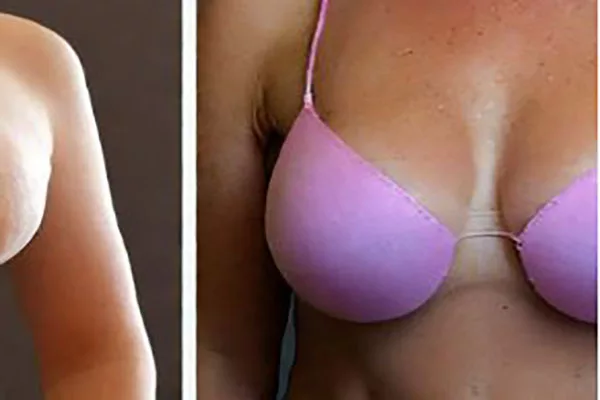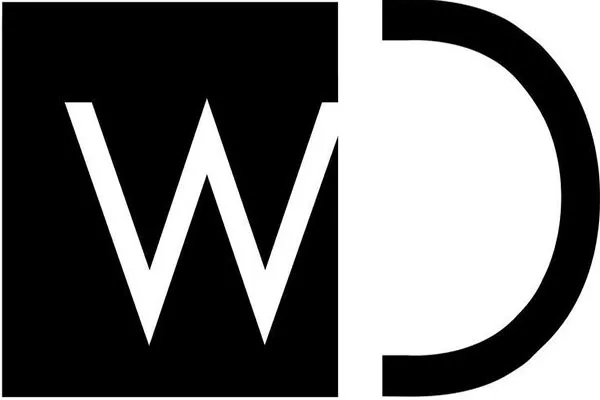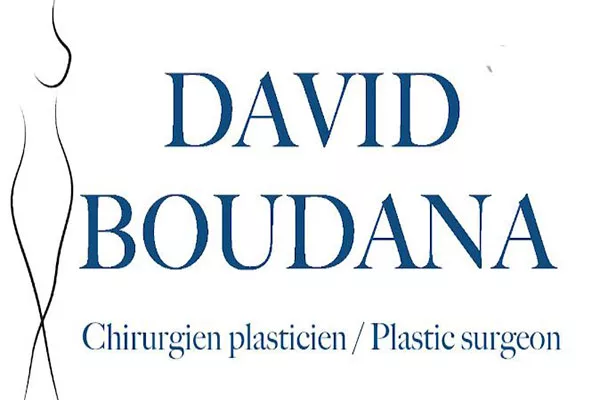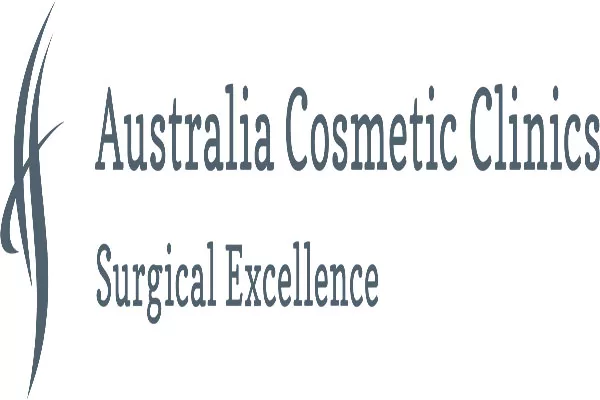Breast surgery is a cosmetic surgery that has been gaining popularity in recent years. With technological advancements, breast surgery is safer and less invasive than ever before. Breast lift and implants are two common types of breast surgeries that many women consider to get the desired breast shape and size. In this article, we will discuss the basics of breast surgery, the various types of breast surgeries, and the risks and benefits associated with them.
What is Breast Surgery?
Breast surgery is a cosmetic surgical procedure that aims to improve the appearance of breasts. Breast surgery can be performed for various reasons, including:
- Improving the size and shape of small breasts
- Reducing the size of large breasts
- Correcting asymmetrical breasts
- Reconstructing breasts after mastectomy
- Lifting sagging breasts
Types of Breast Surgery
There are different types of breast surgeries, which can be broadly classified into two categories:
Breast Augmentation:
Breast augmentation involves increasing the size of the breasts by placing implants beneath the breast tissue or chest muscles. There are two types of breast implants available: silicone and saline implants. Silicone implants are filled with silicone gel, while saline implants are filled with sterile saltwater.
Breast Lift:
Breast lift, also known as mastopexy, is a surgical procedure that involves lifting sagging breasts to restore their shape and firmness. Breast lift does not change the size of the breasts but only repositions them to a higher level on the chest. Breast lift is usually performed in combination with breast augmentation for optimal results.
Who Is a Good Candidate for Breast Surgery?
Breast surgery is a personal decision that should be made after careful consideration of the risks and benefits. Not everyone is a good candidate for breast surgery. A good candidate for breast surgery is someone who:
- Is in good health
- Has realistic expectations
- Has fully developed breasts
- Is not pregnant or breastfeeding
- Has stable weight
- Is emotionally stable
- Has no history of breast cancer
Preparing for Breast Surgery
Before the surgery, the surgeon will conduct a thorough evaluation of your overall health and medical history, including your breast health. You will also be asked to provide a mammogram or breast ultrasound report. The surgeon will discuss the different types of breast surgery, their risks and benefits, and help you choose the best option based on your needs and goals. The surgeon may also recommend certain lifestyle changes, such as quitting smoking and avoiding certain medications or supplements, to prepare for the surgery.
The Breast Surgery Procedure
Breast surgery is typically performed under general anesthesia and takes around 1-2 hours, depending on the complexity of the procedure. During breast augmentation, the surgeon will make an incision in the breast crease, areola, or armpit and place the implant. During a breast lift, the surgeon will make an incision around the areola, vertically down to the breast crease, and horizontally along the breast crease. The surgeon will then lift the breast tissue, reposition the nipple and areola, and remove excess skin to tighten the breast.
Risks and Complications of Breast Surgery
Like any surgery, breast surgery carries risks and potential complications. Some common risks and complications of breast surgery are:
- Infection
- Bleeding
- Scarring
- Pain
- Numbness
- Capsular contracture
- Implant rupture or leakage
- Changes in nipple or breast sensation
- Breast asymmetry
Recovery and Aftercare
After the surgery, you will be monitored in the recovery room for several hours before being discharged. You will be given pain medication, antibiotics, and instructions on how to care for your incisions. It is recommended to avoid strenuous activities or heavy lifting for at least 2-4 weeks after the surgery. You should also wear a supportive bra and avoid underwire bras for several weeks. You will have to attend follow-up appointments to monitor the healing process and ensure there are no complications.
Results and Expectations
The results of breast surgery are typically visible immediately after the surgery, but the final results may take several weeks or months to be fully visible. The scars will gradually fade over time, and the breasts will settle into their new shape and size. The results of breast surgery are long-lasting, but they are not permanent. The implants may require replacement after several years, and the breast tissue may still change due to aging, weight fluctuations, or hormonal changes.
Conclusion
Breast surgery can be a safe and effective way to enhance the appearance of breasts. It is essential to choose a qualified and experienced surgeon and carefully consider the risks and benefits of the surgery. Breast surgery can boost your self-confidence and improve your quality of life. It is important to follow the aftercare instructions and attend follow-up appointments to ensure optimal results and minimize the risks of complications.
How Much Does Breast Surgery Cost?
Breast surgery is a cosmetic procedure, which means it is not covered by insurance. The cost of breast surgery varies depending on the type of surgery, the surgeon’s experience and location, and the hospital or clinic where the surgery is performed. In general, breast augmentation in the US costs between $3,000 to $10,000, while breast lift costs between $4,000 to $8,000. Revision surgery and implant replacement may cost more. It is important to discuss the cost and payment options with the surgeon before the surgery. Some surgeons offer financing and payment plans to help patients afford the surgery.
Finding the Right Surgeon for Breast Surgery
Choosing the right surgeon for breast surgery is crucial for achieving the desired results and minimizing the risks of complications. Here are some tips for finding the right surgeon:
- Check Credentials: Make sure the surgeon is board-certified and has the required training and experience in breast surgery.
- Check Reviews: Read online reviews and testimonials from previous patients to get an idea of the surgeon’s expertise and patient satisfaction.
- Ask Questions: Ask the surgeon about their experience with the specific type of breast surgery you are interested in, their approach to the surgery, and the risks and benefits of the surgery.
- Comfort Level: Make sure you feel comfortable and confident with the surgeon, and that they listen to your concerns and goals.
- Before and After Photos: Ask to see before and after photos of previous patients who had the same type of breast surgery you are considering.
Remember to take your time and do your research before choosing a surgeon. A good surgeon will answer all of your questions and guide you through the entire process.
Alternatives to Breast Surgery
Breast surgery is not the only way to enhance the appearance of breasts. Here are some alternatives to breast surgery:
- Breast Massage: Regular breast massage can help improve blood circulation, increase breast size, and improve breast shape.
- Exercise: Certain chest exercises, such as push-ups, chest presses, and dumbbell flys, can help strengthen the chest muscles and improve breast shape.
- Hormone Therapy: Hormonal imbalances can affect breast size and shape. Hormone therapy, such as birth control pills or hormone replacement therapy, can help balance hormones and improve breast appearance.
- Breast Enlargement Creams: Some creams and lotions claim to enhance breast size and firmness. However, there is limited scientific evidence to support their effectiveness.
- Padded Bras: Padded bras and inserts can temporarily enhance breast size and improve breast shape.
While these alternatives may offer some benefits, they may not provide the same results as breast surgery. It is important to discuss the pros and cons of each option with a qualified healthcare professional before making a decision.
Breast Surgery: Important Considerations
Breast surgery is a major decision that requires careful consideration. Here are some important factors to consider before you opt for breast surgery:
- Risks and Complications: Like any surgery, breast surgery carries risks and potential complications. You should be aware of the potential risks, such as infection, bleeding, or changes in breast sensation, and discuss them with your surgeon.
- Recovery Time: Breast surgery requires a significant recovery period, during which you may need to avoid certain activities and wear a supportive bra. You should plan accordingly and take time off work, school, or other commitments.
- Cost: Breast surgery is expensive and not covered by insurance. You should discuss the cost and payment options with your surgeon and consider the financial burden and whether you can afford it.
- Realistic Expectations: Breast surgery can improve the appearance of your breasts, but it is not a guarantee that you will achieve the “”perfect”” breasts. You should have realistic expectations and discuss your goals with your surgeon.
- Future Breastfeeding: Breast surgery may affect your ability to breastfeed in the future. You should discuss this with your surgeon if you plan to have children in the future.
Remember that breast surgery is a personal decision and you should make it after careful consideration of the risks and benefits.
Conclusion 2
Breast surgery can be an effective way to enhance the appearance of breasts and boost self-confidence. Breast lift and implants are two common types of breast surgery that many women consider to improve breast size and shape. However, breast surgery is not without risks and potential complications. It is important to choose a qualified and experienced surgeon, have realistic expectations, and consider the potential risks and costs associated with the surgery. Other alternatives, such as breast massage, exercise, and hormone therapy, may offer some benefits but may not provide the same results as breast surgery. Ultimately, the decision to undergo breast surgery is a personal one and should be made after careful consideration of the pros and cons.
Reference
If you are considering breast surgery, it is important to do your research and consult a qualified healthcare professional. Here are some helpful resources to get you started:
- American Society of Plastic Surgeons: https://www.plasticsurgery.org/
- American Board of Plastic Surgery: https://www.abplasticsurgery.org/
- National Institute of Child Health and Human Development: https://www.nichd.nih.gov/health/topics/breastfeeding/conditioninfo/breast-augmentation
- BreastCancer.org: https://www.breastcancer.org/treatment/surgery/reconstruction/types/implants
- Mayo Clinic: https://www.mayoclinic.org/tests-procedures/breast-augmentation/about/pac-20384519
These resources offer trusted information and can help you find a qualified surgeon and make an informed decision about breast surgery.
Glossary
- Breast Augmentation: A surgical procedure that involves placing implants beneath the breast tissue or chest muscles to increase breast size and enhance breast shape.
- Breast Lift: A surgical procedure that involves lifting sagging breasts to restore their shape and firmness.
- Silicone Implants: Breast implants filled with silicone gel, a cohesive, rubbery substance that closely mimics the feel of natural breast tissue.
- Saline Implants: Breast implants filled with sterile saltwater solution.
- Mastectomy: Surgical removal of the breast, usually as a treatment for breast cancer.
- Asymmetrical Breasts: Breasts that are different in shape, size or position.
- Capsular Contracture: A complication of breast surgery that occurs when scar tissue forms around the implant, causing the breast to become firm or misshapen.
- Implant Rupture: A complication of breast surgery that occurs when the implant shell breaks, causing the silicone or saline to leak.
- Breast Sensation: The ability to feel, touch, or sense the breast tissue or nipple.
- Mammogram: A screening test for breast cancer that uses X-rays to produce images of the breast tissue.
FAQs
Q: Can breast surgery affect breastfeeding?
A: Breast surgery may affect your ability to breastfeed in the future, depending on the type and extent of the surgery. You should discuss this with your surgeon if you plan to have children in the future.
Q: How long does it take to recover from breast surgery?
A: Recovery time varies depending on the type of surgery and the extent of the procedure. In general, you should avoid strenuous activity and wear a supportive bra for several weeks after the surgery. Your surgeon will provide you with specific instructions for recovery and follow-up appointments.
Q: Is breast surgery painful?
A: Breast surgery is performed under anesthesia, so you will not feel any pain during the surgery. However, you may experience pain or discomfort during the recovery period.
Q: How long do breast implants last?
A: Breast implants are not meant to last a lifetime. The lifespan of the implants varies depending on the type of implant, the age of the patient, and other factors. In general, you may need to replace the implants after 10-20 years.
Q: Is breast surgery safe?
A: Breast surgery is generally safe when performed by a qualified and experienced surgeon in a reputable healthcare facility. However, like any surgery, breast surgery carries risks and potential complications. It is important to discuss the risks and benefits of the surgery with your surgeon and make an informed decision.
Q: Will breast surgery leave scars?
A: Yes, breast surgery may leave visible scars, depending on the type and extent of the surgery. Your surgeon will make every effort to minimize scarring and provide you with specific aftercare instructions to promote healing.







